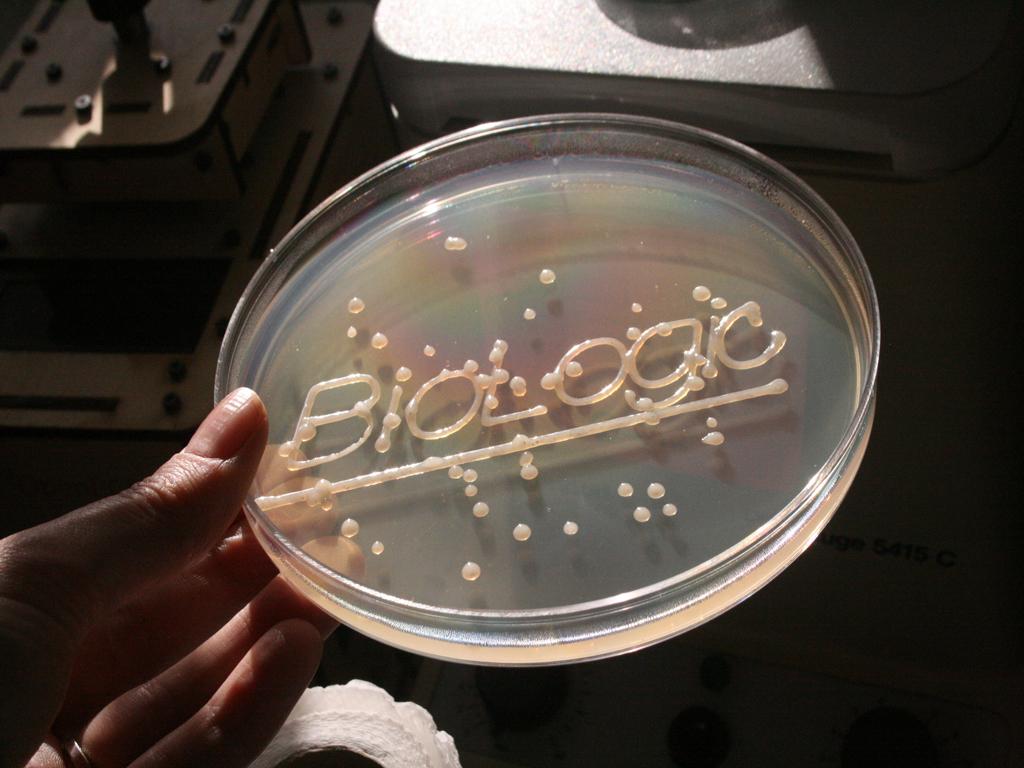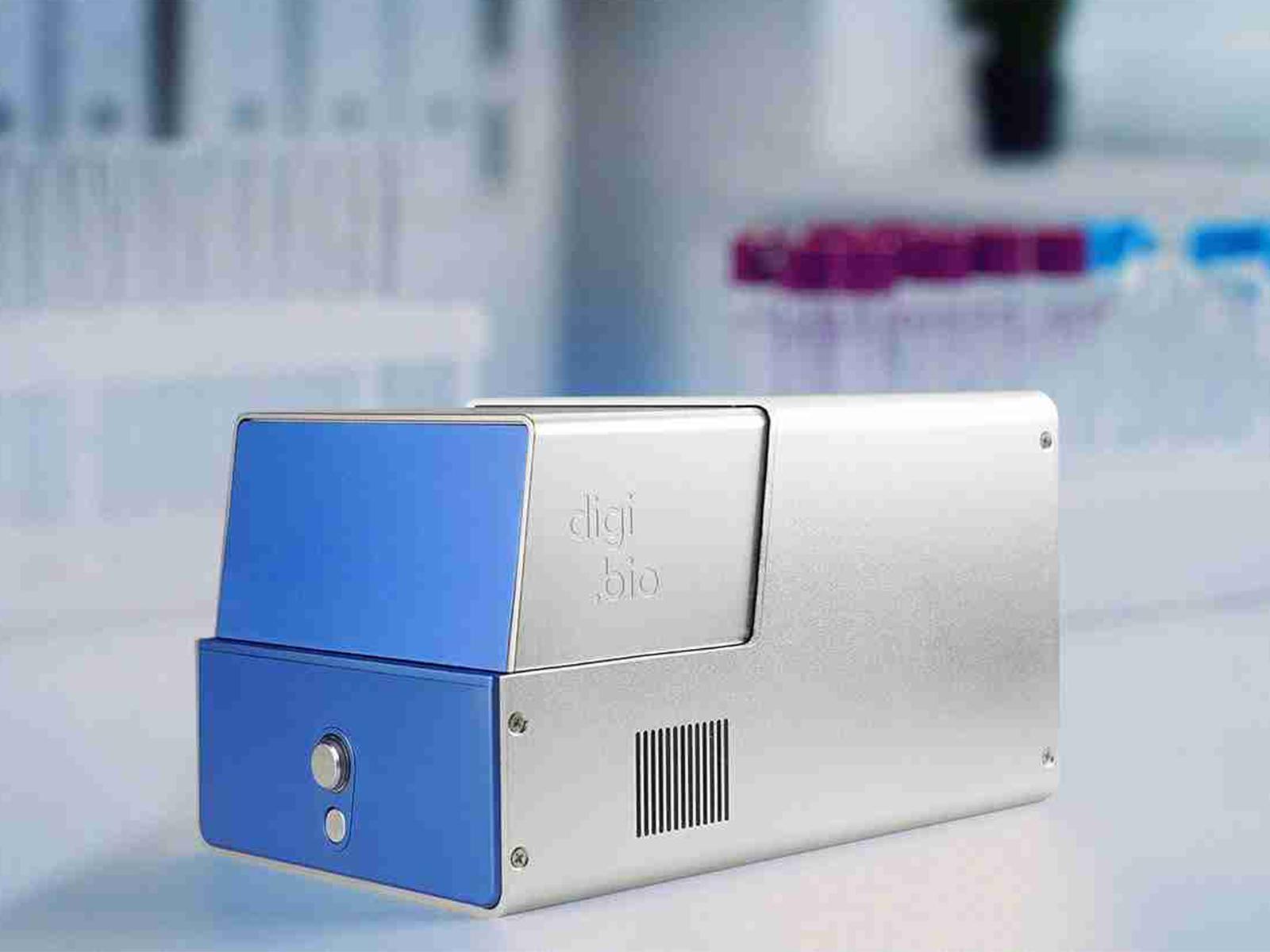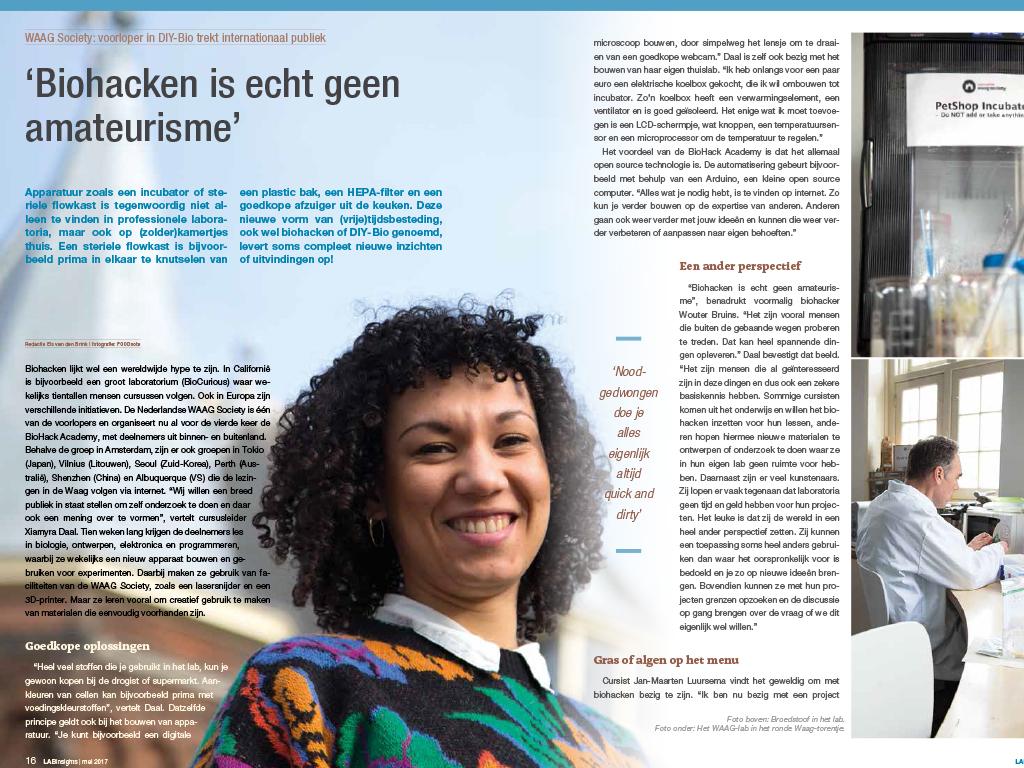Living structures and swarm bodies: Interactions between Biological and Digital computing, in the forms of Slime Mold and 3D printed architectures.
How do biological entities and digital algorithms relate to each other? How could the study of such interaction be visualised? And what would be the applications and the implications which could derive from such a study? Which disciplines could be affected?
Over the past few decades, biology has entered the collective debate more than any other science. We’ve been learning that organisms, being organised informations, can be manipulated, and their features can be combined to perform specific functions. Looking at this potential from a designer’s perspective, we can not be careless about the contribution of scientific advancements that enable a paradigm shift of the design tools, changing them from a system of representation of a product to a direct materialisation of the product through novel specific manufacturing processes. Like for instance 3D printing. This, by defining a new balance between the autonomy of the process itself and the will of the designer.
On January 24th and 25th the first edition of the Bio-Logic workshop took place, with the objective of exploring and experimenting on possible ways to design artificial systems, by combining digital strategies and living material. The chosen living protagonist of the whole 2-days experience has been, without any doubt, a micro-organism, Physarum polycephalum, commonly known as slime-mold.
Slime-molds are neither plants nor animals nor fungi, but they could be considered a hybrid living organism with a unique development-cycle and behaviour. Also known as myxomycetes, they are a group of heterotroph organisms, which use organic substrates to get chemical energy for their life cycle.
Physarum polycephalum is an acellular slime-mold, usually inhabiting forests in many parts of the world, and it is most commonly found in its vegetative stage, a plasmodium, which consist of a single cell containing millions of nuclei. Plasmodia can move as quickly as about one centimetre per hour, by forming vein-like structures which function similarly to human muscles: they contract and relax at minute intervals and thereby pump cell cytoplasm back and forth. The plasmodium phase of Physarum polycephalum is very well known for being a master amongst living creatures for defining prototypes of future and emergent computing architectures. Its ability to solve a wide range of computational geometry and logic problems can be observed by representing a problem’s data as a spatial configuration of nutrients and by subsequently allowing the slime-mold to span the nutrients with its protoplasmic network. The architecture of the network represents the slime-mold solution to the problem.
The problems that the plasmodium of Physarum polycephalum seem to be capable of solving, include shortest path, implementation of storage modification machines, Voronoi diagram, Delaunay triangulation, logical computing, and process algebra.
Previous works in this direction, like the one performed by Toshiyuki Nakagaki and his team (Tokyo railway network), or the research developed by Andrew Adamatzky and partners (U.S. transport network), inspired the development of our investigation.
However, instead of providing the slime-mold with specific reference points, usually represented by oat-flakes (one of its favourite food sources) placed on a surface of nonnutrient agar, we decided to conduct our investigation by trying and “confuse” the organism; this to be achieved by making a large amount of nutrients available for the slime-mold embedded in an age layer, and placed in a configuration deriving from the logic standing behind some specific computational algorithms. In short, we wanted to explore in which way the slime-mold intelligence is capable of reading and interpreting digital algorithms, which in some cases are based on the behaviour of the slime-mold itself (i.e. swarm intelligence).
Keeping into consideration this ambitious plan, the first edition of the BioLogic workshop was designed as a first step to create a common playground for collaboration and crosscontamination between different knowledges and competences, where the experiments performed became the result of a multi-disciplinary approach and of the development and implementation of new production tools and materials.
For this reason the participants were introduced to, and had the chance to practice with, several main focus areas and related skills: ranging from from Computational Design and 3D Modelling, to 3D printing and Biology.
The activities started by diving into Computational Design, where the tutors, Tommaso Casucci and Mirko Daneluzzo, provided an initial, basic set of insights for being able to understand the Java language and start programming simple algorithms in a Processing environment. This allowed the participants to get familiar with the elementary architecture of algorithms and therefore to be able to read them through.
The tutors prepared for the workshop 5 main pattern-generating softwares, which were also presented and explained, and which could be modified, either by using a simple interface where sliders could change values and parameters, or by directly modifying the written codes. This allowed each participant to define and develop his/her own experiment and the related strategy (generative patterns) for triggering the slime-mold behaviour. Due to the nature of the experiments, involving living organisms, the participants were also introduced to the essential biological techniques, such as media/plates preparation, sterile techniques, inoculation, incubation, bio-hacking, etc. Such hands-on activities allowed them to understand and learn about the importance of working in sterility, when willing to grow mono-cultures.
This was in fact one of the most problematic issues when the workshop was still in a development phase, due to the nature of the practices and of the tools involved. A DIY sterile hood, equipped with HEPA filter and UV light, was designed and built, to accommodate a hacked 3D printer, capable of extruding organic, agar-based materials.
The printer, developed by WASP, was equipped with a special extrusion control, a heated element and an interchangeable nozzle, capable of extruding organic materials.
The material we specifically developed for the workshop resulted from a mix of PDA (Potato Dextrose Agar) and processed oat flakes and it is meant to constitute a fertile ground for the slime-mold, to grow on. However, defining the right consistency of the material which could satisfy both the printing process and the slime-mold “taste”, together with the essential need of sterility, was surely not a straight forward process. Nevertheless we reached our goal, by succeeding printing both 2D and 3D with an agar based material.
During the 2 days, different presentations, lectures and discussions revolving around topics such as Design & Science (Maurizio Montalti+Sonja Bäumel), Synthetic Biology (Pieter van Boheemen), Computational Design (Alessio Erioli), etc. contributed to contextualise the overall framework of the workshop, particularly by opening up different points of reflection and originating critical questions, useful for identifying follow-up directions for the activities we conducted and debate about the impact of these practices.
In this sense, the many different backgrounds and skills of the people who joined the workshop, have surely revealing to be of great advantage, for being capable of looking at the workshop topic and at the overall framework in which it was inserted, by adopting different angles and perceptions, mixed with a great dose of enthusiasm.
Everybody had the chance to explore his/her own curiosity and to challenge his/her own skills, by developing an individual set of experiments, both with the aid of the printer (by printing their own generative pattern) and with the adoption of a more traditional approach.
All plates were then inoculated with the Physarum Polycephalum.
Despite the fact that during the workshop we successfully printed several 3-dimensional structures, we decided, for this time, to mainly keep focusing on patterns with a small elevation, and further explore 3D landscapes at a later stage, on the basis of the conclusions which will derive from this first experience.
Furthermore we collectively developed a set of 6 main experiments/systems, which will help us to visualise, analyse and subsequently interpret the behaviour of the slime-mold , in relation to the printed patterns we offered it, as in a configuration of food sources.
Currently, in fact, a time-lapse of the 6 main experiments is still being shoot and the visual result will be an essential starting point, for being able to reach a stage of initial conclusions in our enquiry. In this sense, the physical experiments have been developed, as in a feedback loop process where digital strategies will pass informations to the living system and on the contrary the living system will give feedback for the digital strategy to be adjusted.
The workshop ended with a successful public event, where we presented our research together with some of the investigations developed by the participants and where the attendants had the chance to witness live 3D printing sessions, while directly experimenting with digital algorithms and discussing both technical and ethical issues, related to the advancement of our experimental activities.
Will the slime-mold be able to suggest us on how to design artificial structures generated from the combined action of digital strategies and a living technology? And could this information allow us to explore potentially effective strategies for printing with living material?
We believe that understanding the dynamic of organic systems will allow us to design, using that resources already available in abundance, being them those logics and processes which are already deeply embedded in living systems.
In this sense, the Bio-Logic workshop could be considered a successful experience, meant to offer the first intellectual and operative tools that free to a conscious experimentation in this young field of endless possibilities of development. What's next…?
Photos of the event on Flickr by Alessio Erioli/Co-de-iT
Bio-Logic workshop
January 24th-25th, Waag Amsterdam
Partners:
- Maurizio Montalti (Officina Corpuscoli)
- Sonja Bäumel (Studio Sonja Bäumel)
- Mirko Daneluzzo & Tommaso Casucci (Co-de-iT)
- WASP
- Waag's Open Wetlab


